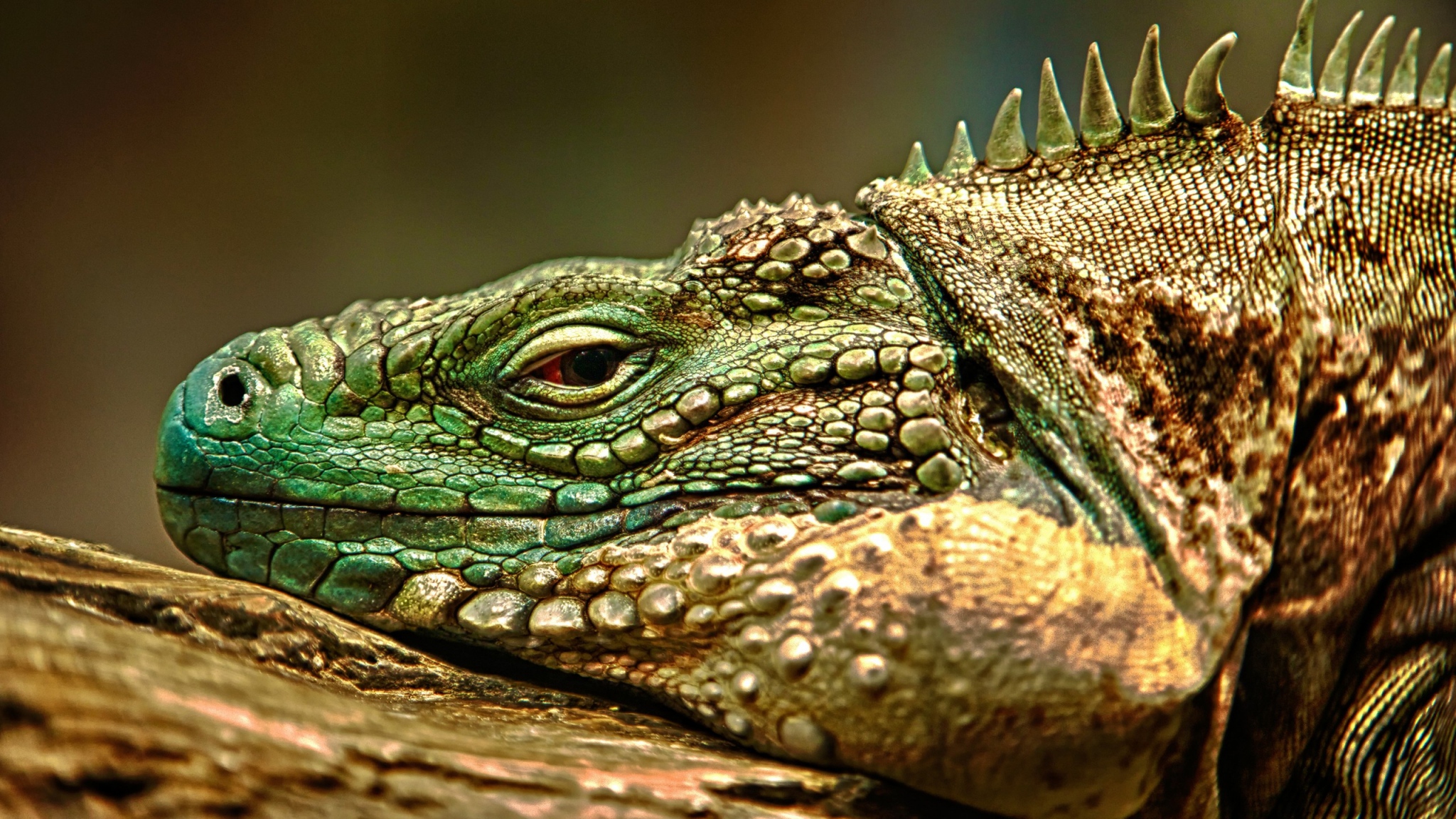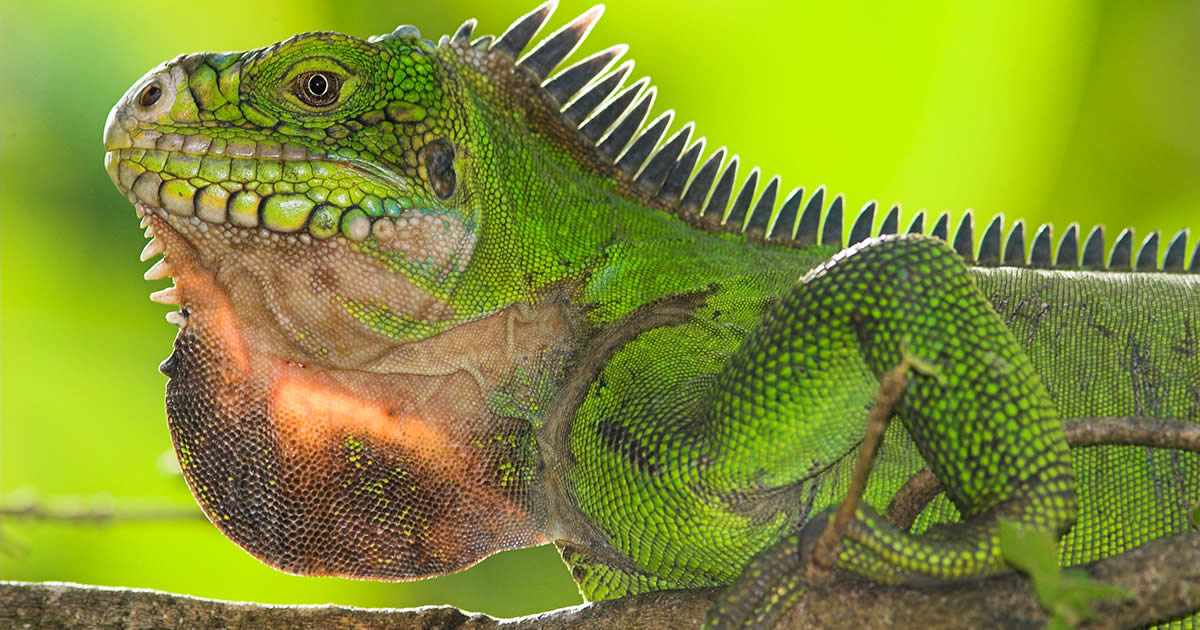Choosing The Right Reptile
Choosing The Right Reptile For You Owning an exotic is always a big responsibility. Reptiles, in particular, are very diverse and each species has it own special requirements in order to survive in captivity. It is important that you select a reptile that is best suited for you and your lifestyle. Here are some things that you should consider before selecting the right reptile for you: Be aware of the potential adult size of the reptile you will choose. Making sure that you have the ability to house something that large. Baby iguanas are very cute when you purchase them, but five years down the road will you have space for a five to six foot lizard? This is also a very important consideration with snakes.

You may start with a two foot long python but in five to eight years where do you keep, and what do you feed, your new eight to ten foot, 150 pound snake? Keep in mind that some reptiles are very long lived and may even outlive you. There are tortoises that live 75+ years. Some reptiles, such as chameleons, are more difficult to care for and, as a result, have a shorter life span. A decision should be made whether you are interested in a display pet or a new member of the family. Many reptiles become extremely stressed when handled frequently. The added stress depresses their immune system, suppresses their appetite, and predisposes them to diseases.
If you are looking for a cuddly member of the family always choose a captive bred reptile and one that can be accustomed to a lot of handling. Research what your reptile’s diet will be. Is its food easily available in you area and at all times of the year? If it is a carnivore, do you feel comfortable feeding live or pre-killed animals? A small snake may be eating mice now, but when it reaches adult size it may need rabbits or chickens. Luckily there are a lot of businesses that provide frozen prey items or live crickets and worms. Research any special requirements your reptile has. Chameleons like to have their water supplied via misting or drip systems.
Rainbow boats require a high humidity. Uromastyx prefer higher temperatures. Are you able to provide a suitable environment for your reptile? You can start by reading out section on Reptile and Amphibian Care for information on caring for these pets. Help yourself out by starting with a healthy animal. It is very easy to feel pity and try to rescue a poor doer, but save yourself the heart break and very expensive veterinary bills. We always recommend a captive bred reptile (most common reptiles are now captive bred). They thrive better, are less likely to have parasites, are less flighty, and are more accustomed to captive diets. Pick one that is not thin (good muscles on legs and pelvic region for lizards and turtles or along the back on snakes), no bowing of any of the limbs, not missing digits, not dehydrated (eyes are not sunken in, no mucus strands in the mouth, no wrinkled skin), and are not lethargic but are moving around the cage and exploring.

It is always a good idea to have your new pet examined by a veterinarian who can help you evaluate its health. Also, purchase your reptile from a reputable supplier who has experience with reptiles and ask questions. How are the reptiles housed? Do they carry reptile supplies? How much does their staff know about reptiles? The overall idea of selecting the right reptile for you is to be informed prior to making a selection. Read books and magazines or explore the internet (be a little cautious about where the information comes from) on the reptile that interests you.
If this is your first reptile, start with an easy keeper such as ball pythons, king/milk snakes, leopard geckos, bearded dragons, and box turtles. Also research common diseases and problems of the reptile you select so that you can prevent or catch any problems early. Reptiles do things slowly. They get ill over a long period of time and take just as long, if not longer, to recover. It is a lot easier to treat a disease when it is caught early. Good luck with your new reptile!

